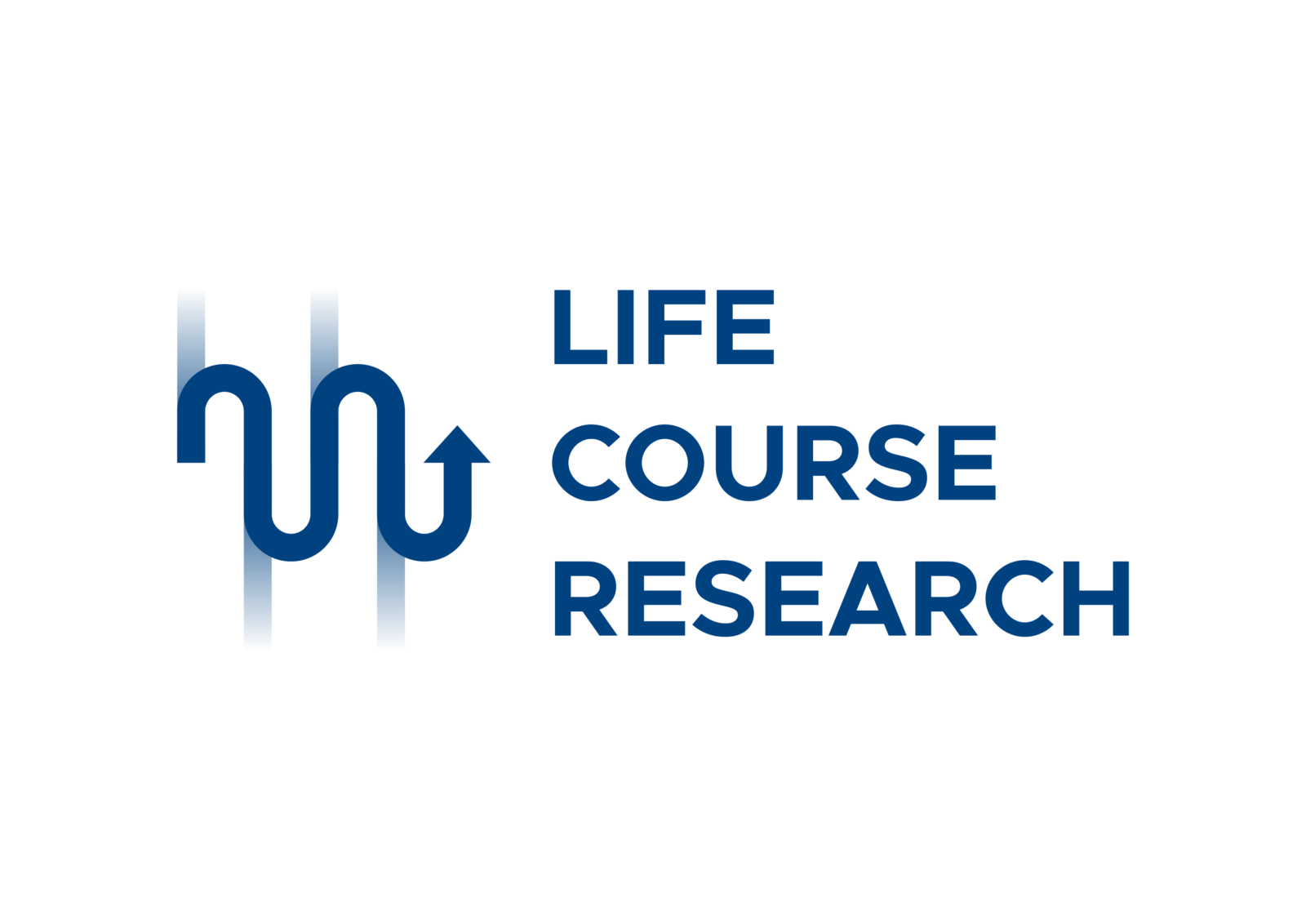The marginalization of older adults: strategies to mitigate the effects of the COVID-19 pandemic
The authors of a recent article recommended that institutions implement specific interventions to reduce the marginalization of older adults during the COVID-19 pandemic.
Older adults are at risk of severe infection from SARS-COV-2 and are the most vulnerable from a psycho-social perspective (Armitage and Nellums, 2020). Loneliness, social isolation, ageism, and the interruption of non-essential health care services during the lockdown can act as significant risk factors to the health and well-being of older adults (Banerjee, D’Cruz and Sathyanarayana Rao, 2020). These indirect and direct (biological and physiological) factors lead to the marginalization of older adults, a pre-existing condition exacerbated by the COVID-19 pandemic. Based on these considerations, some researchers have developed specific recommendations to mitigate the effects of marginalization during and after the pandemic.
The Recommendations
Intervention strategies are based on the WHO Global Strategy on Ageing and Health (WHO, 2017) and are aligned with the United Nation Sustainable Development Goals.
1) Giving priority to older adults in the healthcare system because of their vulnerable status.
2) Ensuring continuity of delivery of healthcare for all other medical conditions. Where elective services are suspended, ensuring alternative forms of healthcare delivery (such as telemedicine).
3) Providing older adults with emergency notification systems, especially if they live alone, in order to guarantee an early and rapid response. Among the solutions that can be adopted, the authors list alarm systems and emergency telephone numbers.
4) Ensuring adequate food supply, using community outreach services.
5) Ensuring the provision of social welfare benefits.
6) Enabling the repatriation of older migrants and travelers. The authors also recommend reintegration efforts within countries.
7) Making helplines available as a safe way to report abuse and seek safety. These services may connect older adults to medical, social, and legal care.
8) Promoting digital literacy and virtual communication.
9) Discussing healthcare protocols with the person being cared for, in a collaborative manner.
10) Addressing cognitive impairment, especially in older adults with neuro-cognitive disorders. Such people are especially vulnerable to deterioration due to the deprivation of environmental stimuli.
11) Overseeing long-term care facilities to ensure physical distancing between inpatients, without causing social isolation.
12) Suggesting simple measures that older adults may carry out at home, through the use of public information and education campaigns on various media platforms.
13) Taking into account the diversity of aging, which means that older adults cannot be considered as a homogeneous group. The authors therefore suggest that protective, preventive and treatment strategies must be differentiated and adapted according to the specific needs of each elderly person.
14) Involving older adults as stakeholders in the decision-making of public health policy.
References:
D’cruz, M. and Banerjee, D. (2020) ‘“An invisible human rights crisis”: The marginalization of older adults during the COVID-19 pandemic – An advocacy review’, Psychiatry Research, 292, p. 113369. doi: 10.1016/j.psychres.2020.113369. Armitage, R. and Nellums, L. B. (2020) ‘COVID-19 and the consequences of isolating the elderly’, The Lancet Public Health. Elsevier Ltd, 5(5), p. e256. doi: 10.1016/S2468-2667(20)30061-X. Banerjee, D., D’Cruz, M. and Sathyanarayana Rao, T. (2020) ‘Coronavirus disease 2019 and the elderly: Focus on psychosocial well-being, agism, and abuse prevention – An advocacy review’, Journal of Geriatric Mental Health, 7(1), pp. 4–10. doi: 10.4103/jgmh.jgmh_16_20. WHO (2017) Global strategy and action plan on ageing and health. Available at: https://www.who.int/ageing/WHO-GSAP-2017.pdf?ua=1.



